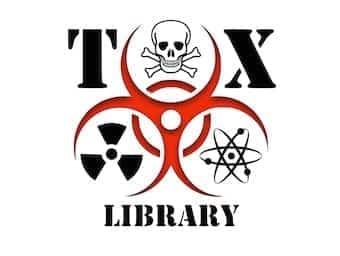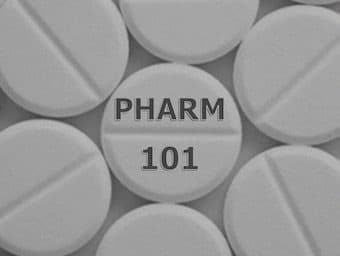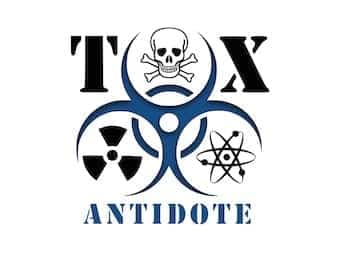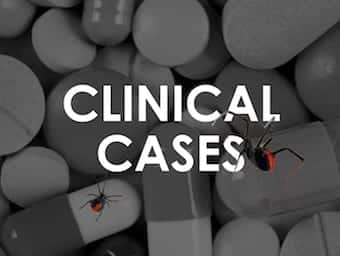
Lethal and insidious
Addiction is potentially the most lethal disease we encounter in medical practice. As emergency healthcare providers we can have an enormous impact on 'years of life lost' by managing this illness well.

Addiction is potentially the most lethal disease we encounter in medical practice. As emergency healthcare providers we can have an enormous impact on 'years of life lost' by managing this illness well.

ACEM Primary Pharmacology of Naloxone: the Pharmacokinetics; Pharmacodynamics; Clinical uses; Adverse effects

Funtabulously Frivolous Friday Five 191 - Just when you thought your brain could unwind on a Friday, some medical trivia FFFF.

This opioid antagonist is a useful adjunct in the management of opioid intoxication, particularly if there is CNS or respiratory depression. Caution is advised in those who are opiate-dependant and naloxone should only be used if there is significant CNS (GCS <12) and respiratory depression (RR <8).

The phone rings as you sit down for lunch. You are asked for advice concerning a drowsy 2 year-old boy who was brought in to a Children's Emergency Department by his worried parents.

Opioid Overdose: miosis; CNS depression; respiratory depression; complications of hypoxia: seizures, dysrrhythmia, brain injury

Naloxone: opioid receptor antagonist; competitive antagonism at mu, kappa and delta receptors -> prevention of binding to endogenous and exogenous opiate receptors.